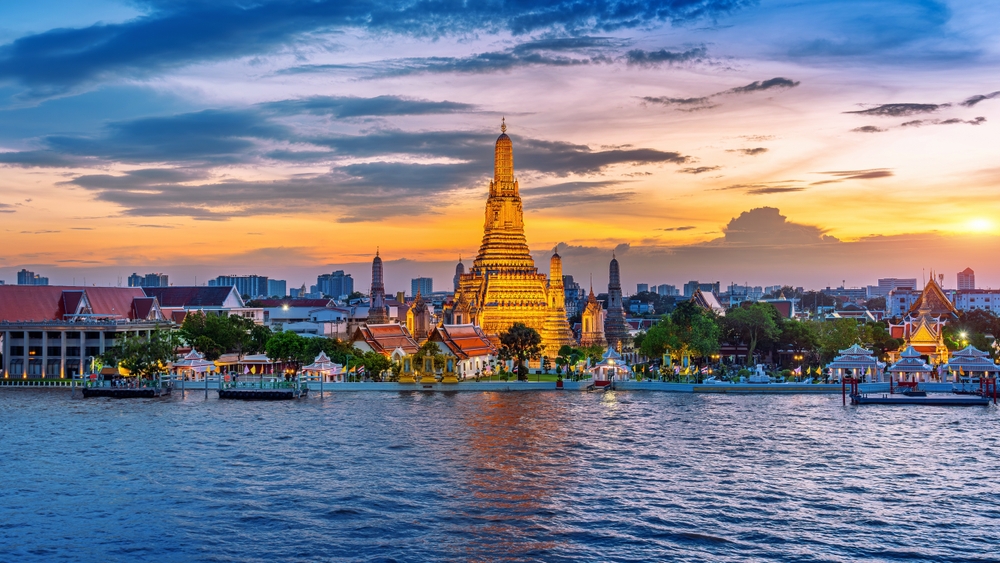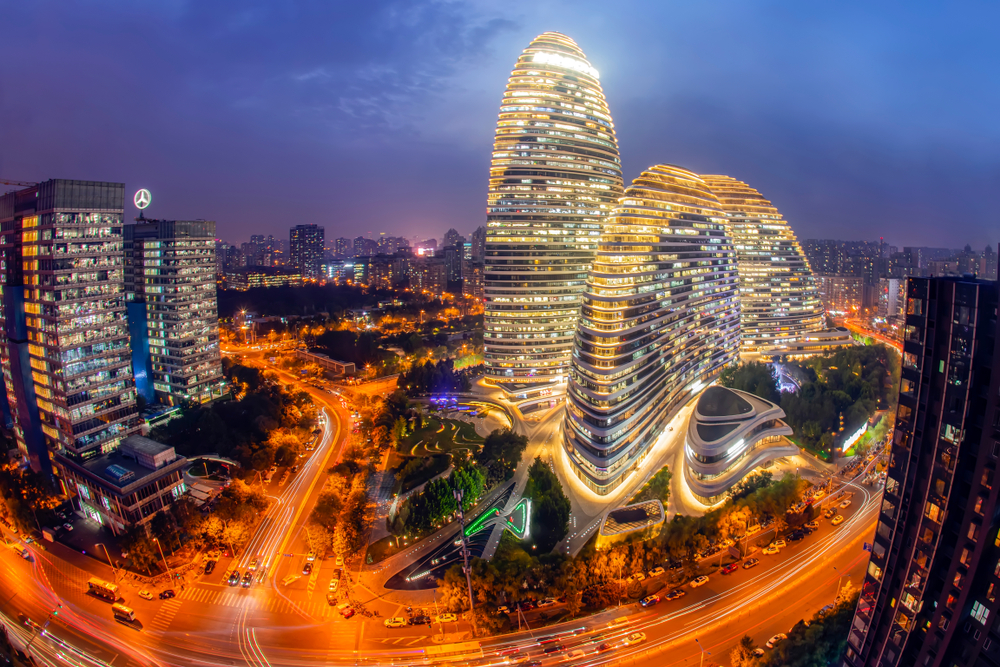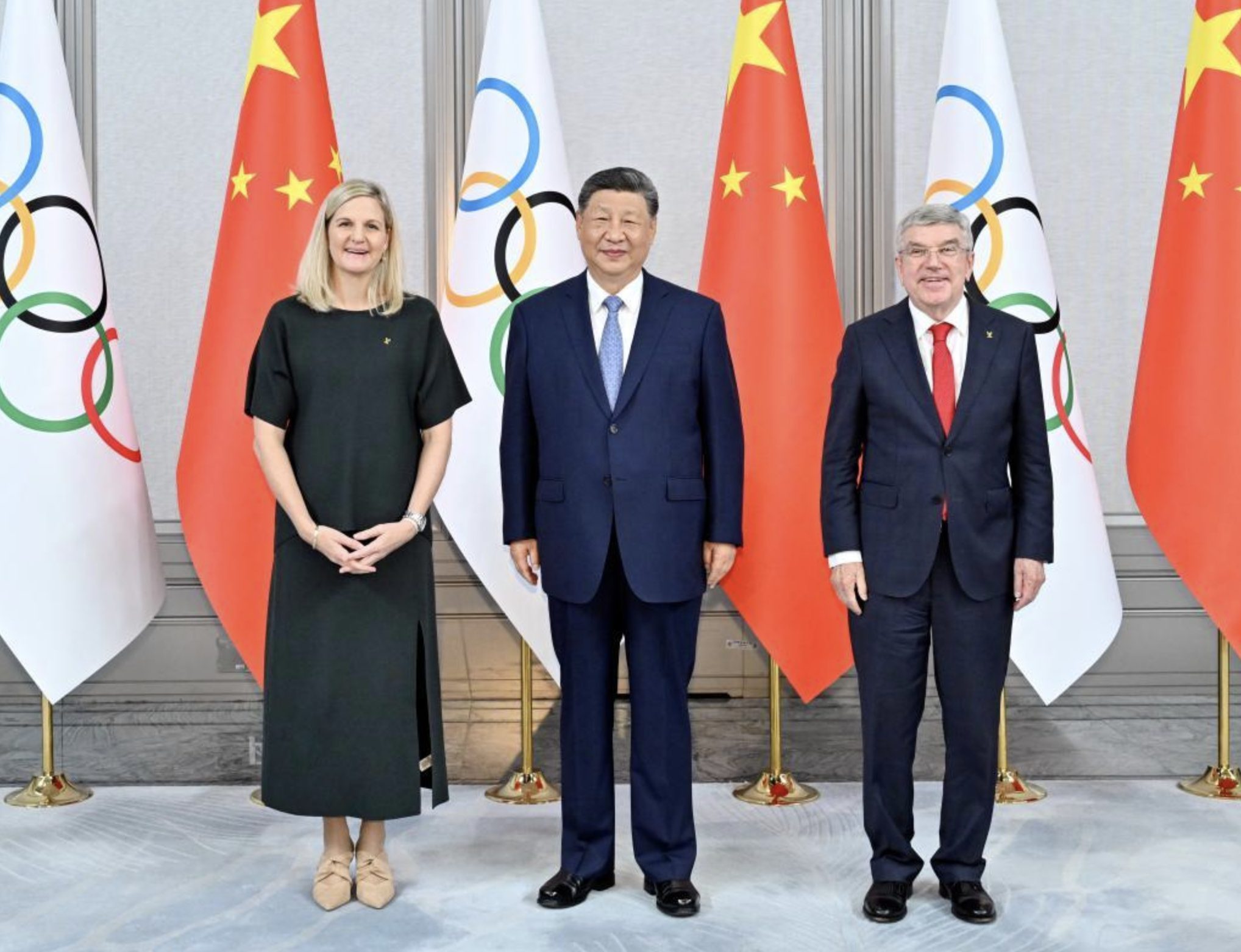
ITB Asia’s new arrivals on the showfloor voiced satisfaction with the overall quality of buyers and how the event enabled emerging destinations to reach the Asia market, writes Martin Donovan
Some of the first-time exhibitors travelled to Singapore from Eastern Europe and had joined the Ukraine pavilion at the Sands Expo and Convention Centre.
Sevidov Sergei, CEO of Adventure Tours, was upbeat on the final day of the show. “It’s been amazing – people we’ve been seeing are B2B businesses and crazy interested to know about new destinations as they are tired of classic tours.”
Another Ukrainian exhibitor said the show was an ideal way to catch up with most of her clients in Southeast Asia. “For us it is good because can interact and meet without spending money going to individual markets, for example, India and Malaysia,” said the tour operator named Helen.
“There are no direct flights to Ukraine, so it’s not cheap. Despite all this, we’re finding that they want to come again. We feel there is a high interest now that our government is leading with vision with visas-on-arrival for more Asian countries.”
However, exhibitors pointed to high ticket prices for trade-floor entry at more than S$100 (about US$72) per day, though a three-day pass offered a more economical deal.
“We needed to meet some partners for lunch outside the venue. Some suppliers prefer to buy a lunch outside instead of a ticket so we can meet.”
But Sevidor, the adventure-tour operator, took a different view on entry prices. “We’re exhibiting here for business and not for those who just come to take candies and drink alcohol,” he quipped in reference to the gift items that many booths have available alongwith free cocktail-hour drinks.
The positive mood was also found at other parts of the showfloor with Stubhub, which specialises in corporate ticket sales for sporting events, exhibiting for the first time.
Jaehyuk Jang, who manges Stubhub’s key corporate sales accounts in Asia Pacific, said the company had recently entered the India market and the appointments during ITB Asia also saw more enquiries from Pakistan and Bangladesh. “Three years ago there were more Chinese, but now there is a variety of people and groups from this part of Asia," Jang said.
“This is our first time at the Singapore show, but we’ve been attending ITB China [in Shanghai]. It’s better than going to every country to meet these clients, which is not always possible with budget and service.”
Jang added that the scheduled appointment system and high number of potential buyers interested in corporate hospitality packages at events ranging from champion European soccer games matches to Formula 1 racing reflected the “really good operation” at the SIngapore show.
For third-time exhibitor David Warren, global sales director with SIHOT, which provides payment management systems for hotels, the large number of appointments at ITB Asia meant having to differentiate between senior hoteliers, owners and travel organisers.
“I was a visitor for two years then decided we should do our own stand. The first year was good to connect people with our idea, but [2017] was difficult, this show is better and there are more contacts this year,” said Warren.
SIHOT differs from other tech exhibitors at ITB Asia in that it creates management software for hotels as opposed to systems for travel agents. “Copious appointments mean the right type of buyer is needed and this tends to be a waste of time if the buyer is a travel agent, whereas our target market is property owners.” That could be the reason Warren was looking forward to a reception organised by hotel group Wyndham that evening.
“This whole event is good for the networking and getting to know the various new hires. It’s not about pursuing deals, we work with them, alongside them, and then they become clients.”


